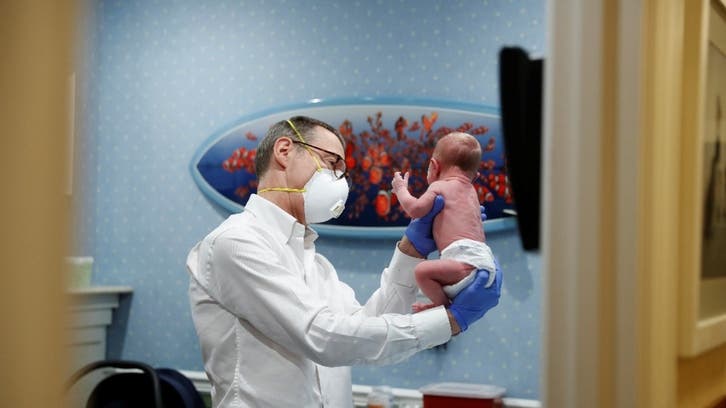
Babies, toddlers more likely to spread COVID-19 in household than teenagers: Study
Babies and toddlers have been found to be more likely to transmit COVID-19 within the household than older children, a study published earlier this month found.
The study, which was carried out by a Canadian public health agency and published in journal JAMA Pediatrics, found that the highest odds of household transmission were in children agreed zero to three years old.
“Although children do not appear to transmit infection as frequently as adults, caregivers should be aware of the risk of transmission while caring for sick children in the household setting,” the study’s authors wrote.
Even after adjusting for other research on household transmission, such as evidence that young children are more likely to be asymptomatic and thus have a lower infection rate, children aged zero to three years and four to eight years still had a higher chance of spreading COVID-19 to household contacts than children aged 14 to 17 years, the study found.
The experts said that these findings were likely a result of behavioral factors at play, in particular that young children require more in person care, and cannot be isolated in the same way as older patients.
“As it is challenging and often impossible to socially isolate from sick children, caregivers should apply other infection control measures where feasible, such as use of masks, increased hand washing, and separation from siblings,” the authors wrote.
Early in the pandemic, initial research by scientists had suggested that children were rarely contracting or transmitting COVID-19, but more recent research, including the study published in JAMA, has begun to show the important role children can play in spreading the virus.
“A possible explanation for this finding is that younger children are not able to self-isolate from their caregivers when they are sick,” the authors wrote.
The study was based on COVID-19 cases and positive test results in Ontario, Canada between June 1, and December 31, 2020. After establishing everyone that tested positive in a household, the researchers then identified the first person to develop COVID-19 symptoms or test positive for the virus in the household – known as the “index case.”
Using this data, the researchers then focused on 6,280 households where the first person to contract the virus was younger than 18 years old. Of these, over a quarter then showed a secondary case, with the COVID-19 positive child passing the infection along to at least one other household member within two weeks of the first infection report.
Published: 24 August ,2021: 04:31 AM GST




